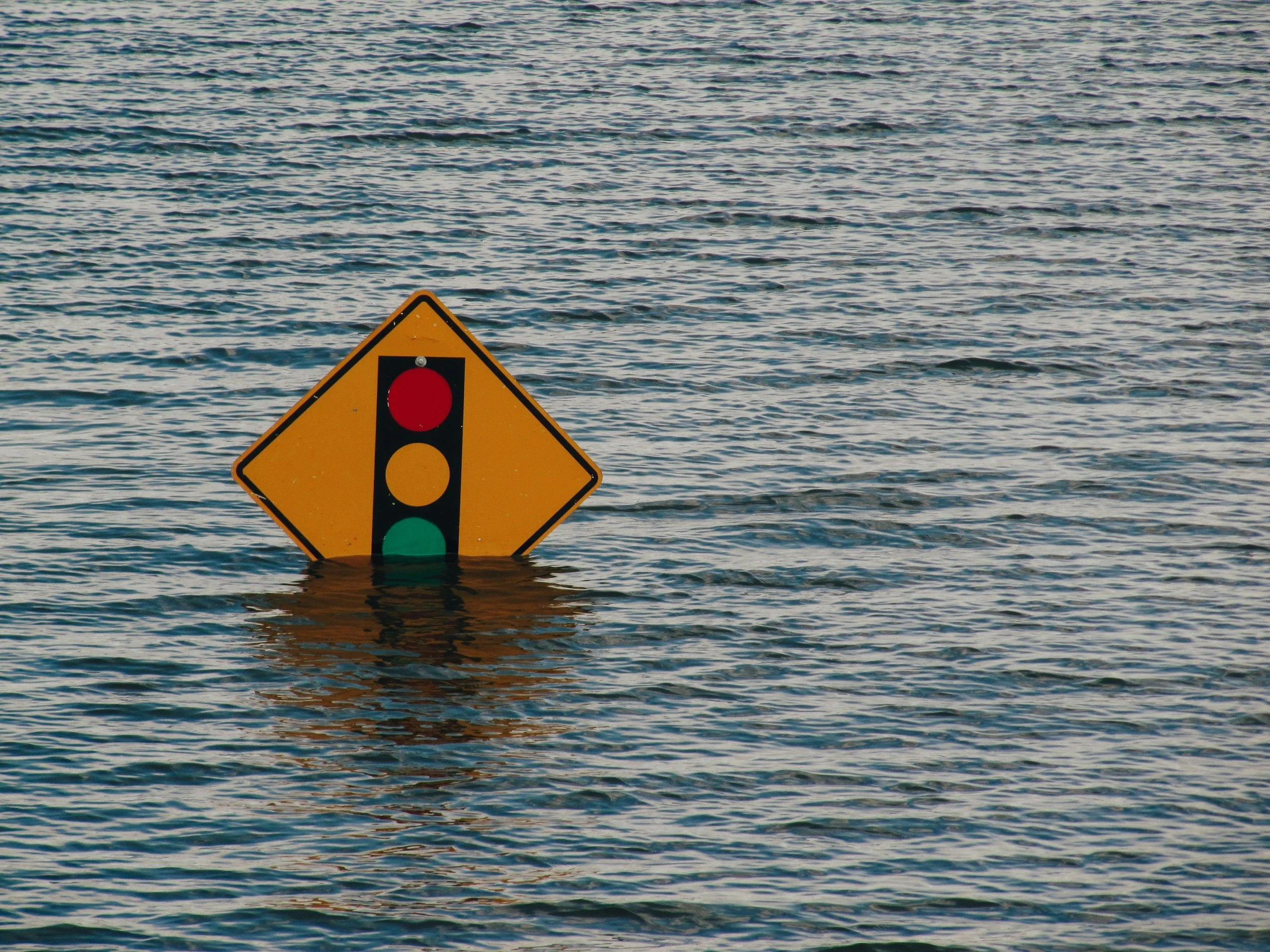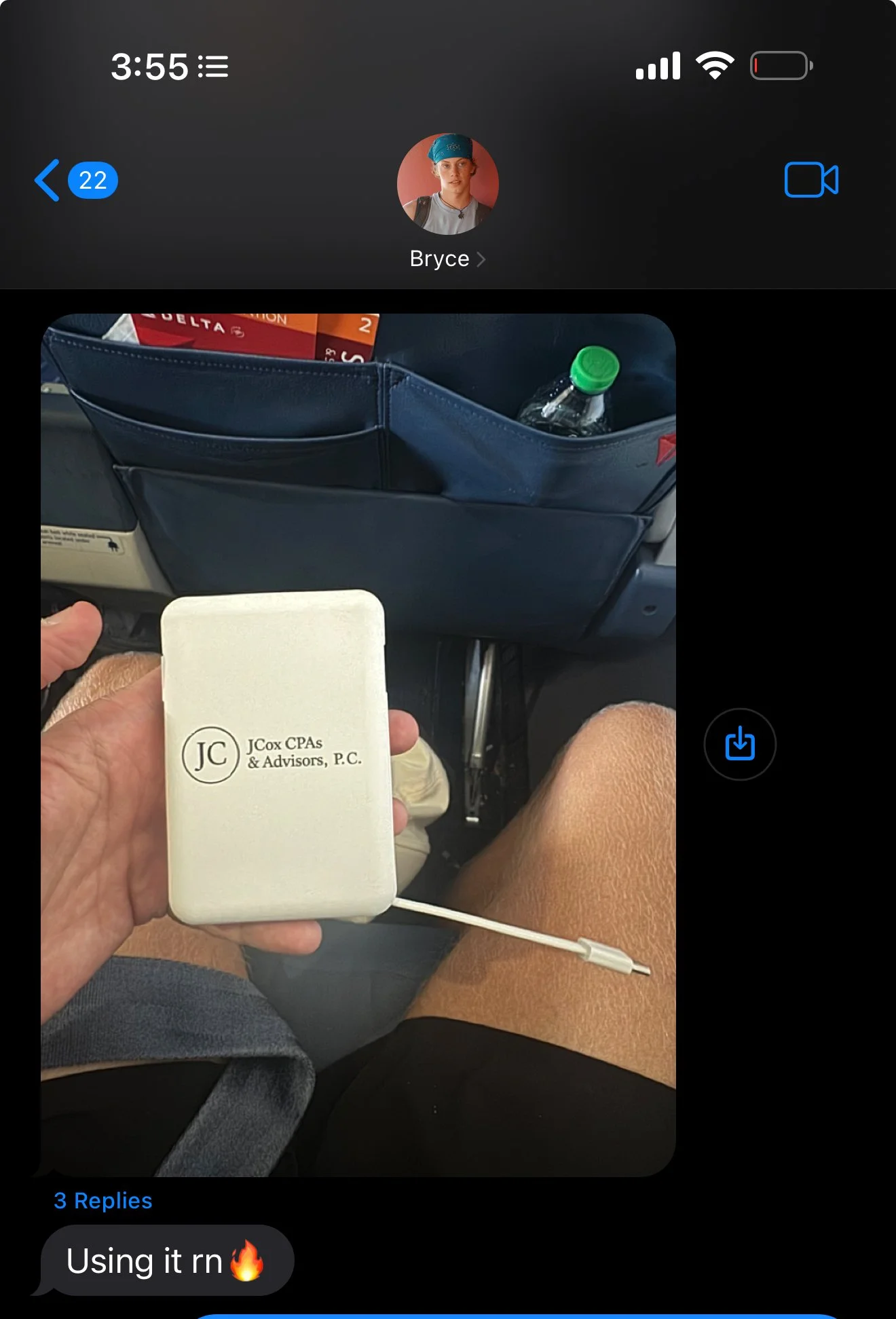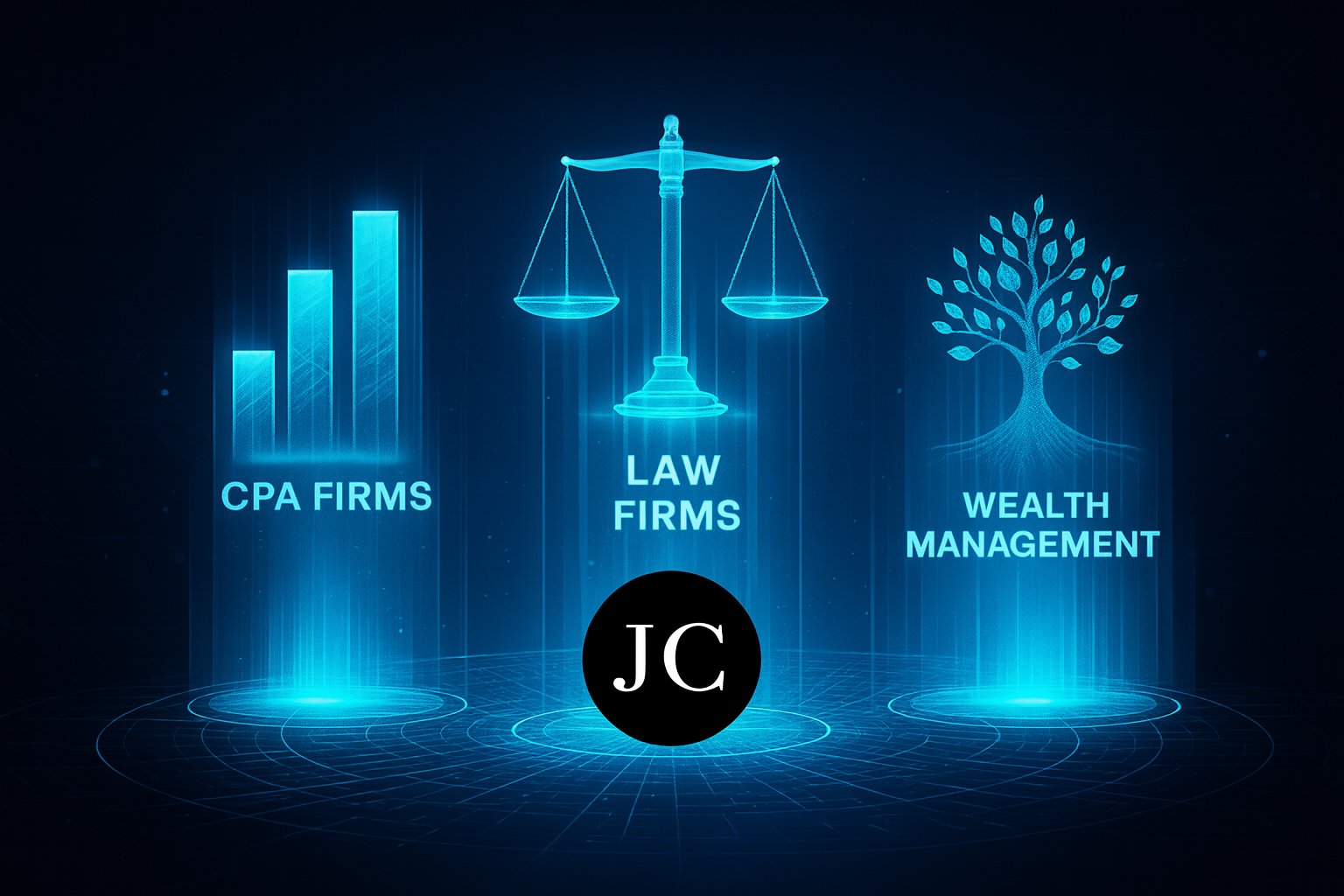The Internal Revenue Service (IRS) has announced special tax relief measures for individuals and businesses in Texas affected by the devastating storms and flooding that struck the region in July 2025. This relief provides additional time to file federal tax returns and make certain tax payments. Eligible taxpayers now have until February 2, 2026, to meet these federal filing and payment obligations.
Who Is Eligible
This relief follows the Federal Emergency Management Agency (FEMA) disaster declaration, which applies to individuals and entities located in or operating businesses within the following Texas counties:
Coke, Concho, Edwards, Hamilton, Kendall, Kerr, Kimble, Lampasas, Llano, Mason, McCulloch, Menard, Real, Reeves, San Saba, Schleicher, Sutton, Tom Green, Travis, Uvalde, and Williamson.
Deadlines Extended to February 2, 2026
Taxpayers in these areas now have until Feb. 2, 2026, to complete the following actions:
File 2024 individual, business, or nonprofit returns with valid extensions expiring in the fall of 2025.
Submit quarterly estimated income tax payments that would otherwise be due on Sept. 15, 2025, and Jan. 15, 2026.
File quarterly payroll and excise tax returns originally due July 31, Oct. 31, 2025, and Jan. 31, 2026.
File partnership, S corporation, and corporate returns with extensions ending in September or October 2025.
File calendar-year exempt organization returns with extensions ending Nov. 17, 2025.
Relief is also available to government and charitable organization workers providing disaster assistance in these designated counties, and to individuals injured or killed during the disaster while visiting or working in the affected area.
Note: This extension applies to filing deadlines, not to payments originally due. Taxes owed must still have been paid by the original due date to avoid interest and penalties.
Additional IRS Relief Provisions
Casualty and Property Loss Deductions
Taxpayers who sustained uninsured or unreimbursed losses may claim those losses on either:
The 2025 return (to be filed in 2026), or
The 2024 return (filed earlier in 2025).
To claim the loss, write the FEMA declaration number 4798-DR at the top of the return. The election to claim such losses must be made no later than six months after the due date of the return for the disaster year—October 15, 2025, for individual taxpayers.
Free Copies of Tax Returns
The IRS will waive fees for affected taxpayers requesting past return copies. To obtain them, write “Texas Severe Storms – FEMA 4798-DR” in bold letters on Form 4506 or Form 4506-T when submitting your request.
Exclusion of Qualified Disaster Payments
Payments received from government agencies or recognized relief organizations to cover essential living expenses, home repairs, or funeral costs due to the disaster may be excluded from gross income under federal tax law.
Special Retirement Plan Provisions
Individuals participating in an IRA or employer retirement plan may qualify for special disaster-related distributions. These withdrawals can avoid the 10% early distribution penalty and may allow income to be spread over three years. Taxpayers should contact their plan administrator for detailed guidance and eligibility requirements.
Need Assistance?
If you or your business were impacted by the July 2025 storms, it’s essential to understand how these relief provisions may apply to you. Working with a tax professional can ensure you take advantage of all available deductions and extended filing opportunities while remaining compliant with federal tax law.
For personalized guidance, reach out to JCox CPAs & Advisors, P.C. — we can help you navigate these relief programs, file the appropriate claims, and optimize your tax position following a federally declared disaster.













